|
Placentalia (placental mammals)
[= Eutheria]
Life
>
Eukaryotes >
Opisthokonta >
Metazoa (animals) > Bilateria > Deuterostomia >
Chordata > Craniata > Vertebrata (vertebrates) >
Gnathostomata (jawed vertebrates) > Teleostomi (teleost
fish) > Osteichthyes (bony fish) > Class:
Sarcopterygii (lobe-finned fish) > Stegocephalia
(terrestrial vertebrates) > Reptiliomorpha > Amniota >
Synapsida (mammal-like reptiles) > Therapsida > Theriodontia
> Cynodontia > Mammalia (mammals)
Classification
|
Afrotheria |
|
|
|
Afrosoricida (golden moles, tenrecs and
otter-shrews) |
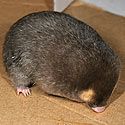 |
|
|
Macroscelidea (elephant shrews)
Contains a single family, the Macroscelididae.
Elephant shrews are endemic to Africa. |
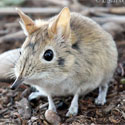 |
|
|
Tubulidentata (aardvarks)
The only living species is the Aardvark
Orycteropus
afer, best known for being found at the beginning of the dictionary.
It is found in Africa south of the Sahara. |
|
|
|
Paenungulata |
|
|
|
|
Hyracoidea (hyraxes / dassies)
Hyraxes (in Afrikaans dassies) are indigenous to
Africa and Arabia and all fall within the single family
Procaviidae. |
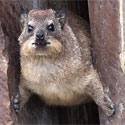 |
|
|
|
Tethytheria |
|
|
|
|
|
Proboscidea (elephants)
A single extant elephants species, the African
Elephant (Loxodonta africana), is indigenous to southern
Africa. |
 |
|
|
|
|
Sirenia
(dugongs and manatees)
A single species,
Dugong dugon (Dugong, Sea cow, Sea pig) is indigenous to southern
Africa, found along the Mozambican coast and the coast of northern
KwaZulu-Natal. Its distribution extends to East Africa, Red Sea and N Australia. |
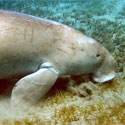 |
|
Euarchontaglires |
|
|
|
Glires |
|
|
|
|
Lagomorpha (rabbits, hares and
pikas)
The family Leporidae
(rabbits and hares) is indigenous to southern Africa. |
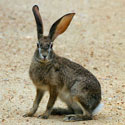 |
|
|
|
Rodentia
(rodents, including squirrels,
mice, rats, Spring Hare, molerats, porcupines)
|
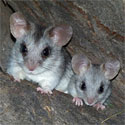 |
|
|
Euarchonta |
|
|
|
|
Primates (lemurs,
bushbabies, monkeys, human being, apes)
|
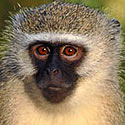 |
|
Laurasiatheria |
|
|
|
Eulipotyphla (shrews
and hedgehogs) |
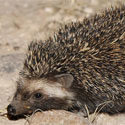 |
|
|
Chiroptera (bats) |
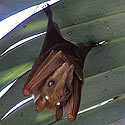 |
|
|
Ferungulata |
|
|
|
|
Ferae |
|
|
|
|
|
Pholidota
(pangolins / scaly anteaters)
Pangolins, also called scaly anteaters, all fall in
the family Manidae and are native to Africa and south Asia. One species in
Southern Africa: Manis
temminckii (Ground pangolin) |
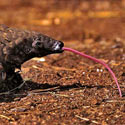 |
|
|
|
|
Carnivora
(dogs, cats, mongooses, hyaenas, otters, badgers, weasels, polecats, walrus,
seals, raccoons, bears, genets, civets) |
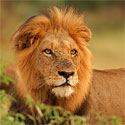
|
|
|
|
Paraxonia |
|
|
|
|
|
Order: Perissodactyla (odd-toed
ungulates)
There are three families of odd-toed ungulates:
horses, zebras and donkeys (Equidae) from
Africa and Asia ; tapirs (Tapiridae) from Central
America, South America and SE Asia; and rhinoceroses (Rhinocerotidae)
from Africa and SE Asia. |
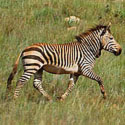
|
|
|
|
Cetartiodactyla (even-toed ungulates and cetaceans) |
|
|
|
|
|
Suiformes (pigs) |
 |
|
|
|
|
Whippomorpha
(hippopotamuses, whales, dolphins and porpoises) |
|
|
|
|
|
|
Ancodonta (hippopotamuses)
One family: Hippopotamidae containing one extant species,
Hippopotamus amphibius (Hippopotamus).The
hippo is semi- aquatic and spends most of the day lying in water or on the
river bank. Hippo normally occur in herds (or schools) of 10 to 15
animals, although larger groupings and solitary animals are also quite
common. Herds consist of cows, sub-adults and calves, with a dominant bull. |
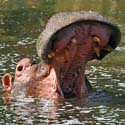 |
|
|
|
|
|
Cetacea (whales,
dolphins and porpoises) |
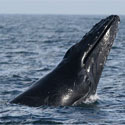 |
|
|
|
|
Ruminantia
(ruminants)
Includes antelope, buffalo, and the Giraffe. |
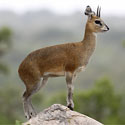 |
|
